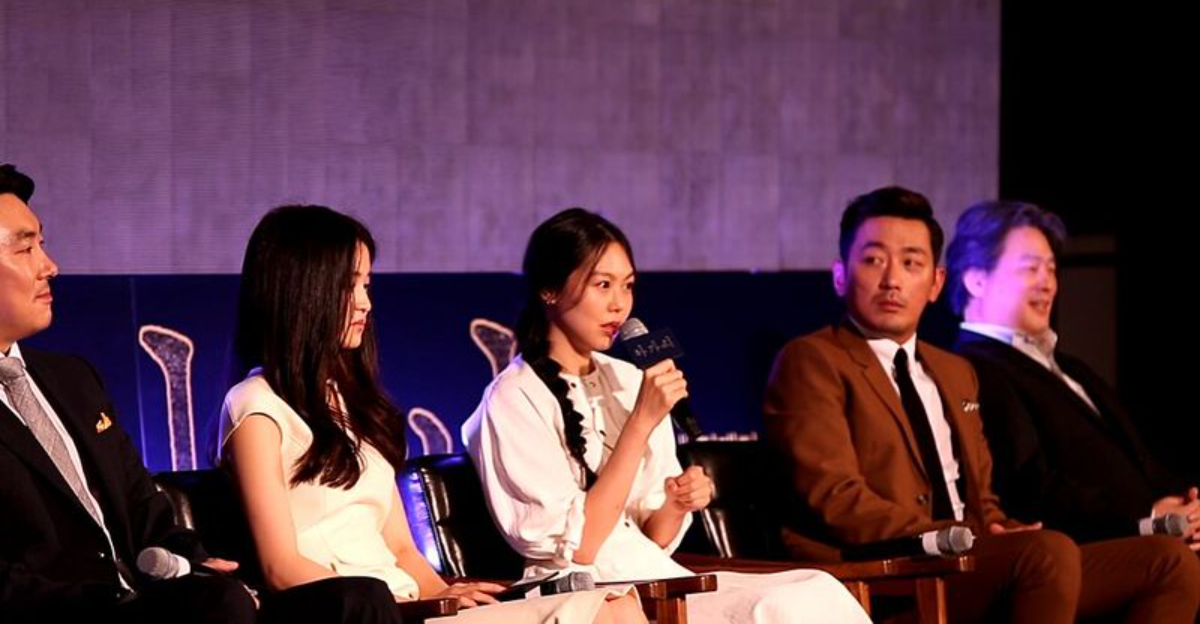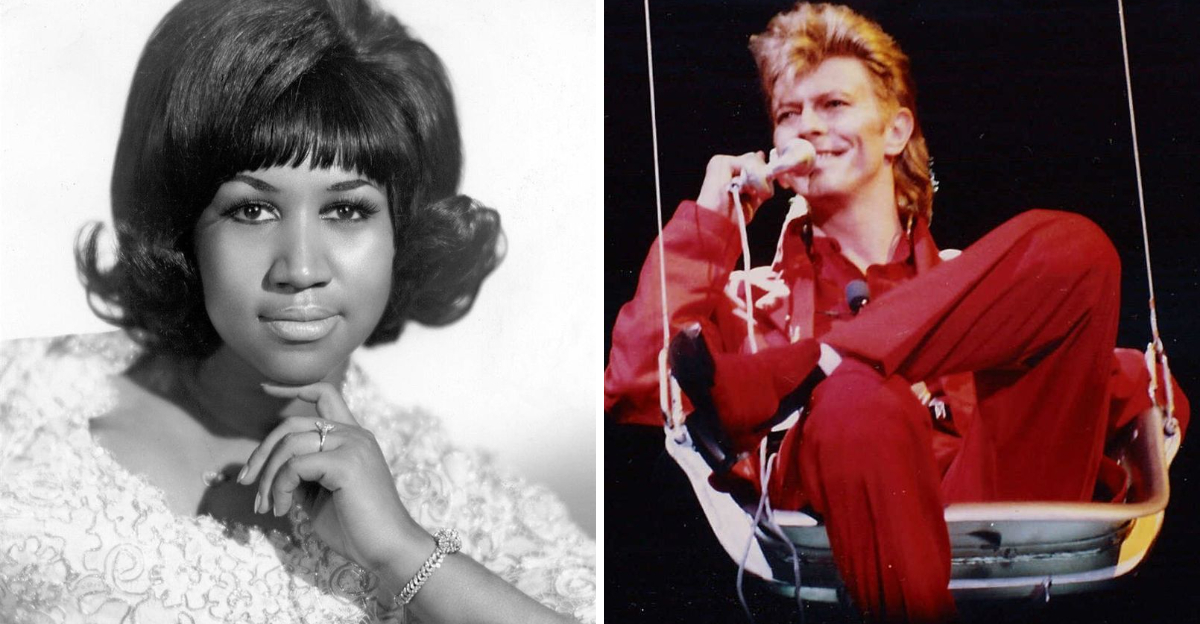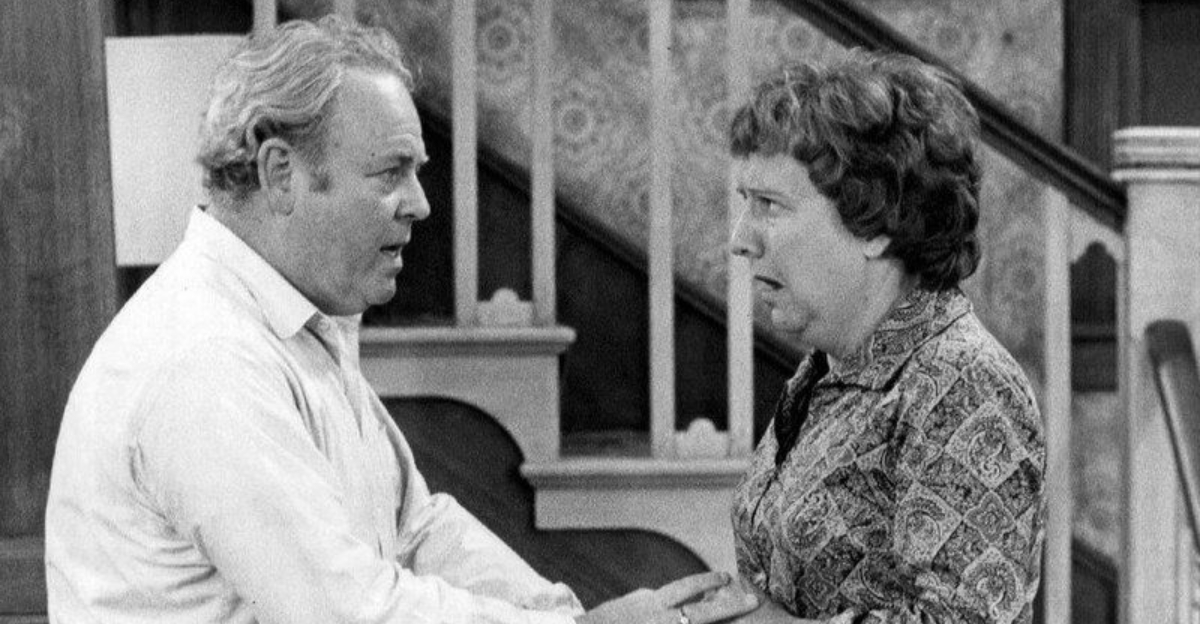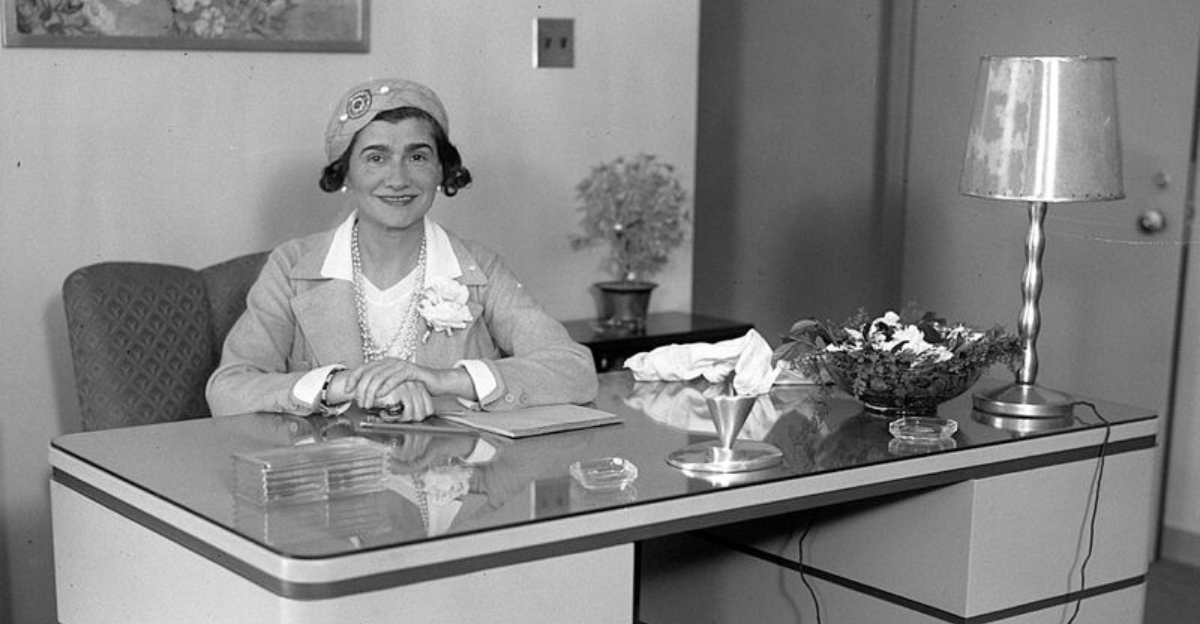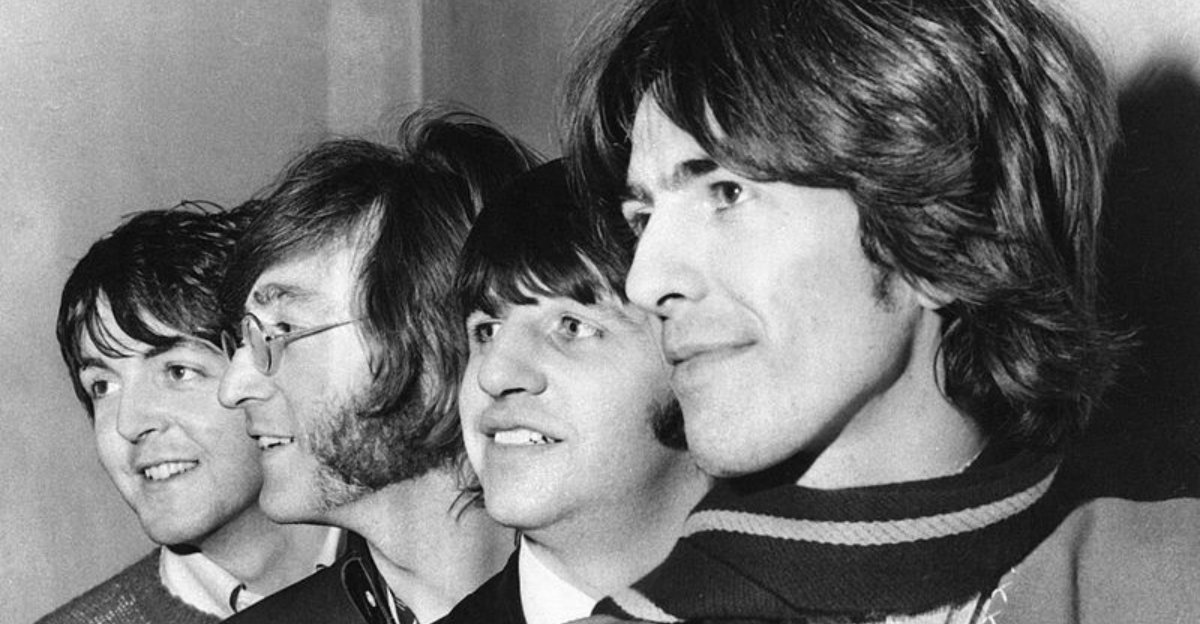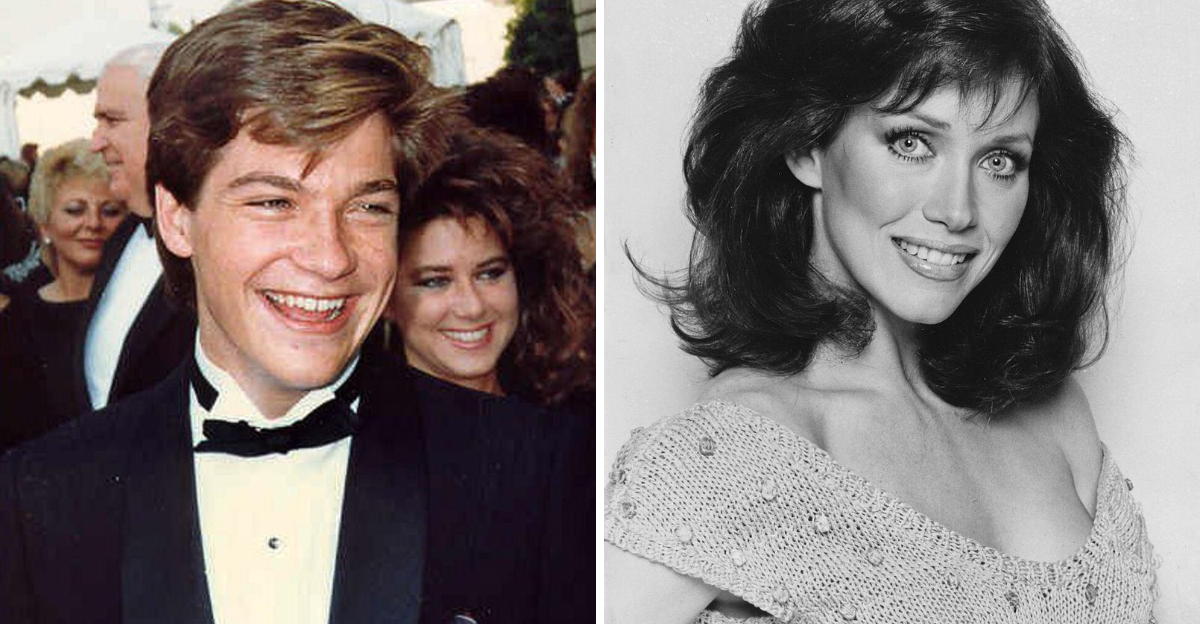10 Classic TV Storylines That Would Definitely Cause A Stir Now
Television has always pushed boundaries, but some classic storylines from decades past would spark massive debates if they aired today.
What seemed groundbreaking or even acceptable back then might now be viewed through a completely different lens.
Social media would explode, think pieces would flood the internet, and viewers would have plenty to say about these once-celebrated moments in TV history.
1. Maude’s Groundbreaking Abortion Decision
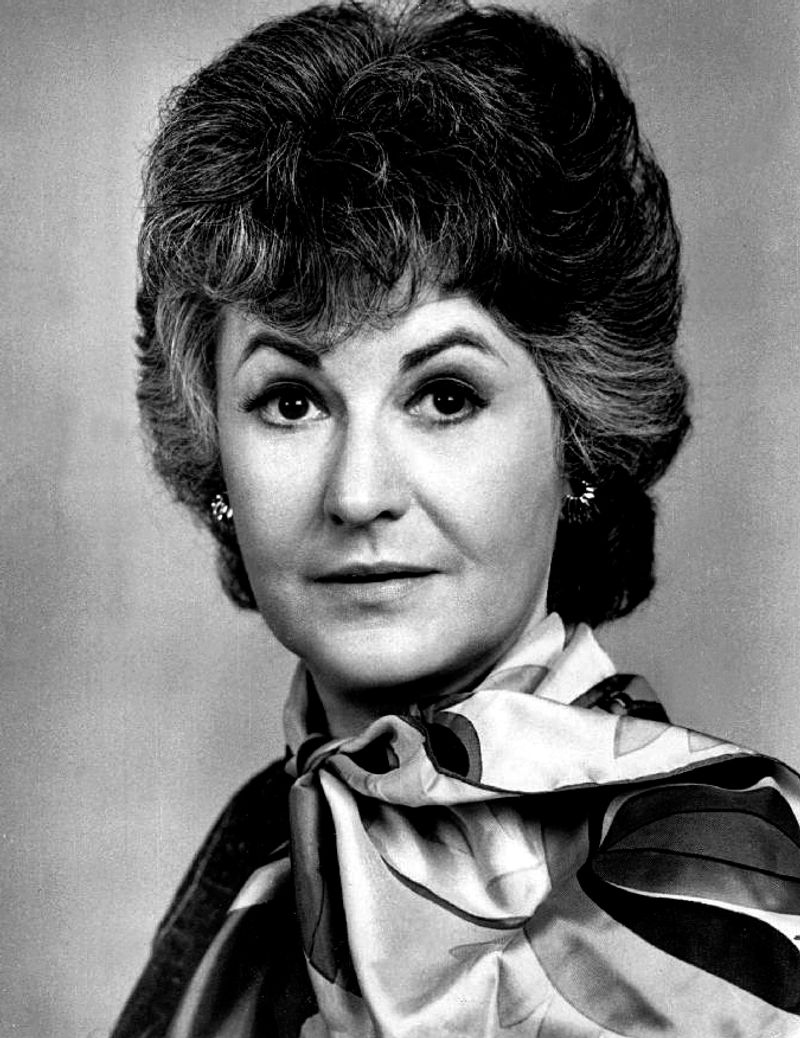
Back in 1972, Maude shocked America when the main character decided to terminate her pregnancy at age 47.
Norman Lear’s sitcom didn’t shy away from controversial topics, but this two-part episode sparked protests and boycotts across the nation.
If this aired today, the backlash would be instant and relentless. Social media would turn into a battlefield within minutes of the episode dropping.
Conservative groups would organize campaigns, while others would praise the show’s courage to tackle reproductive rights head-on.
2. Edith Bunker’s Emotional Breakdown
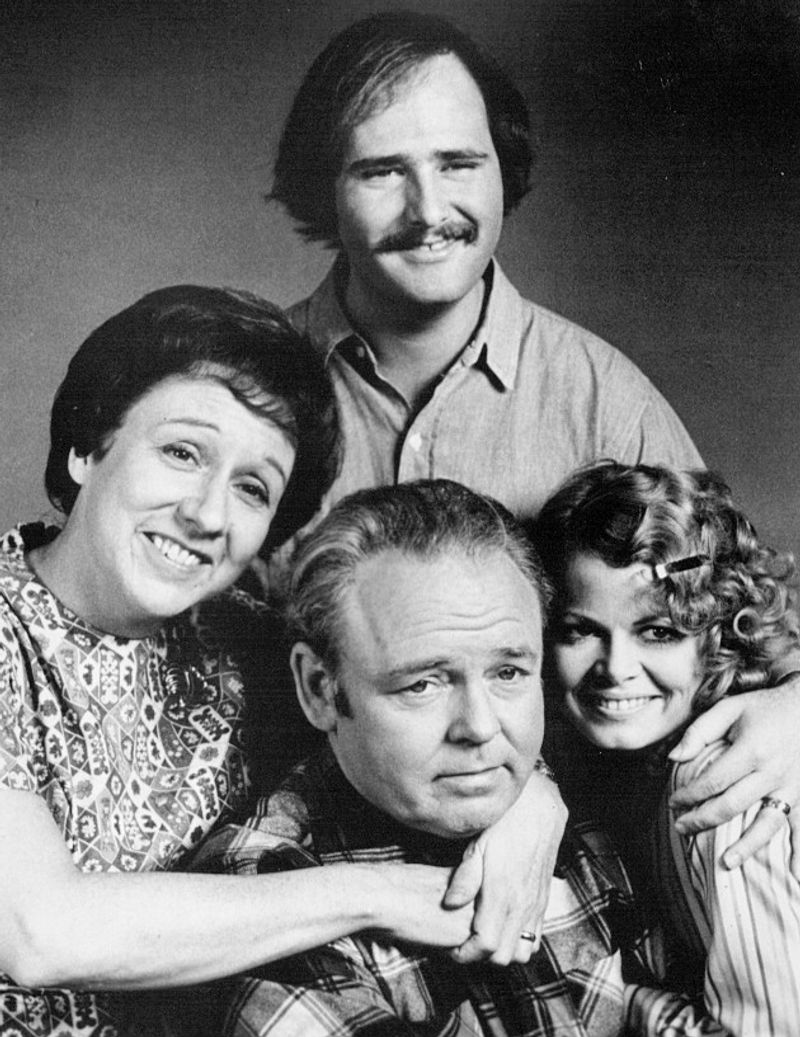
Edith’s menopause-related breakdown on All in the Family was played partly for laughs, which wouldn’t fly today.
The show treated her very real mental health crisis as something quirky and comedic rather than a serious medical and emotional situation.
The conversation around women’s health has evolved dramatically, making this storyline feel particularly tone-deaf in retrospect.
3. Walter White’s Transformation Into A Monster
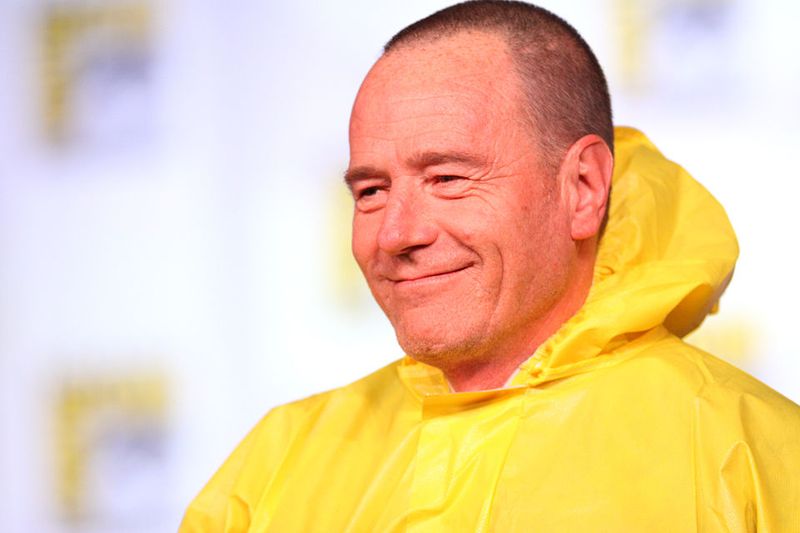
Chemistry teacher turned meth kingpin Walter White became a cultural phenomenon, but his journey glorified criminal behavior in ways that would raise eyebrows today.
The show made audiences root for a drug manufacturer who poisoned children and ordered murders.
Current viewers would debate whether the show romanticizes toxic masculinity and violence. Critics would question if we should sympathize with someone who destroys countless lives.
4. The Evans Family Facing Homelessness
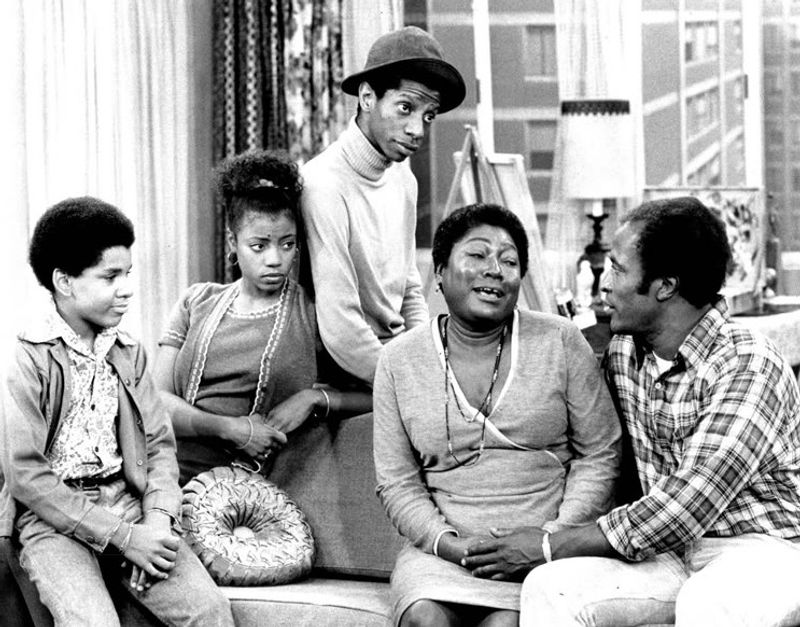
When Good Times showed the Evans family nearly becoming homeless, it tackled poverty in ways sitcoms rarely did.
The show didn’t sugarcoat their struggles, but it also used laugh tracks during genuinely heartbreaking moments.
The mixing of humor with such serious socioeconomic issues would spark heated discussions about what’s appropriate for entertainment.
5. Little House’s Tragic Child Death Episode
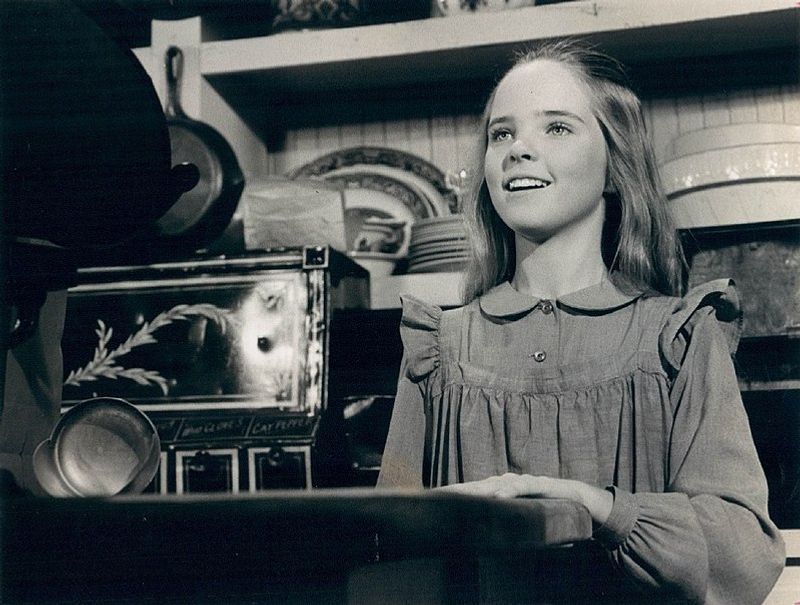
A fire at a school for blind children resulted in the death of two beloved characters on Little House on the Prairie, including Mary’s infant son. The devastating episode left viewers traumatized and heartbroken.
If this aired now, parents would flood social media with trigger warnings and complaints. Networks would face pressure to provide content warnings and resources for grieving families watching.
6. Kirk and Uhura’s Controversial Kiss
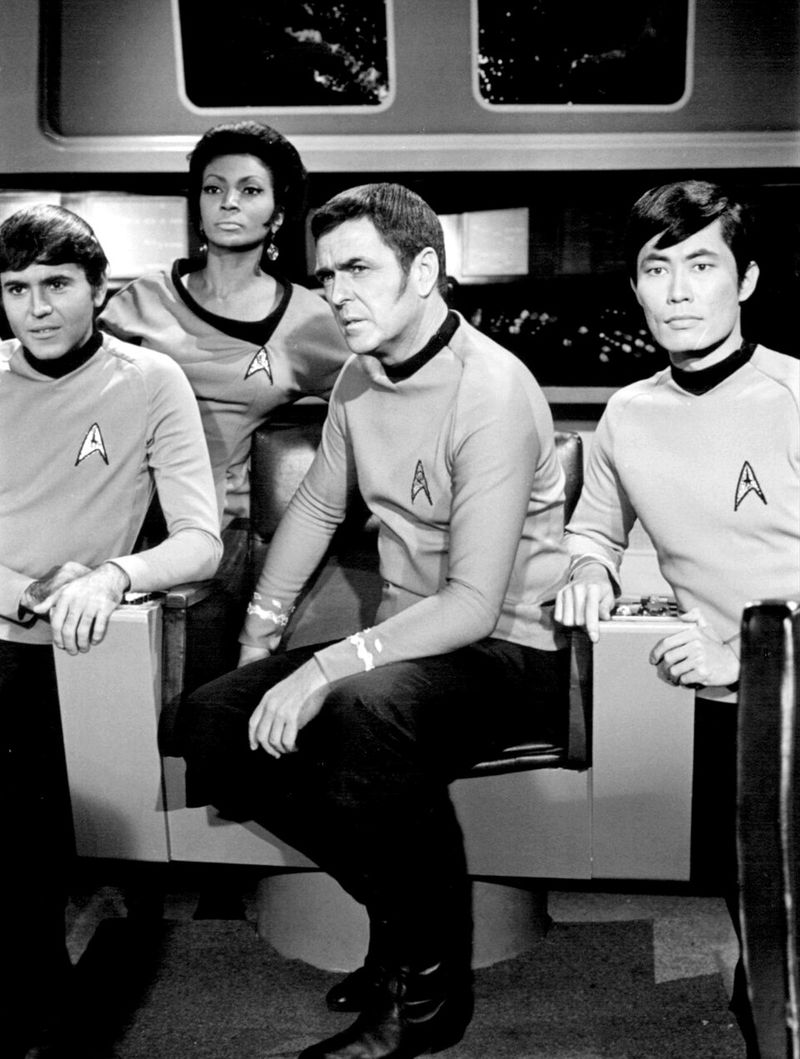
Captain Kirk and Lieutenant Uhura shared television’s first interracial kiss in 1968, though it was forced by alien mind control.
Star Trek tried to be progressive but still hedged its bets by making the kiss non-consensual.
Today’s viewers would have mixed reactions to this moment. Some would celebrate its historical significance while others would critique the problematic lack of consent.
The conversation would highlight how representation has evolved beyond simply showing diverse faces on screen.
7. Hawkeye’s Complicity In War Atrocities
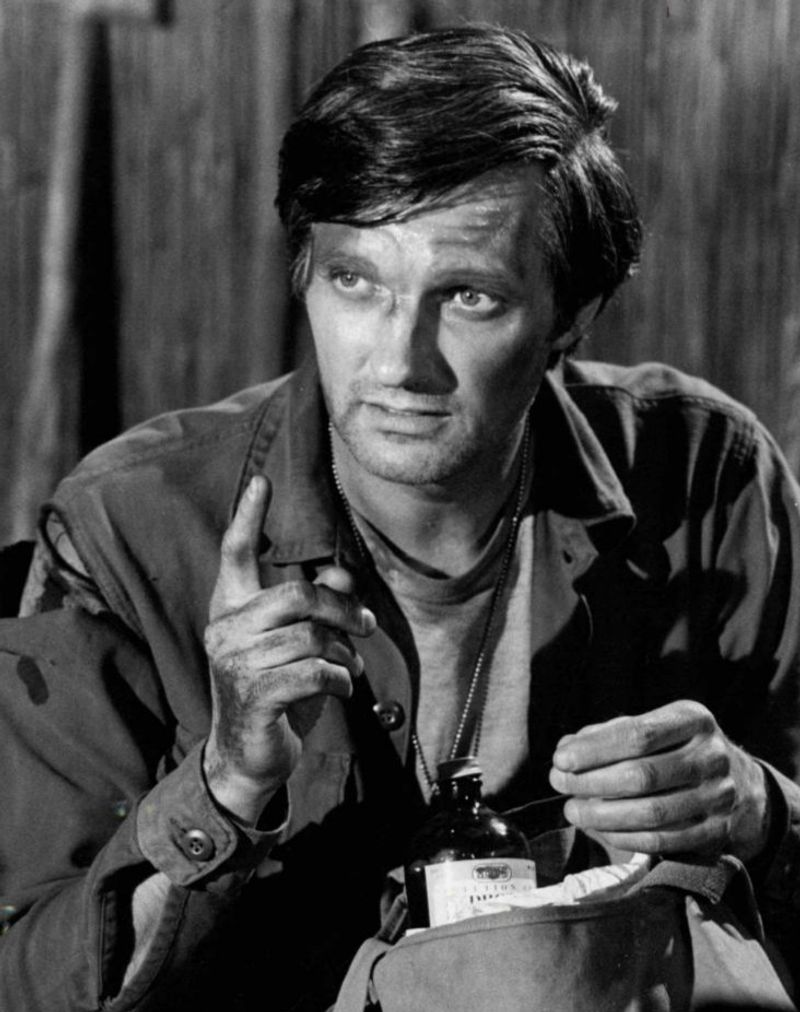
Several MASH episodes showed Hawkeye making impossible ethical decisions during wartime, including choosing which wounded soldiers to save first.
The show portrayed the moral gray areas of war without clear heroes or villains.
Modern viewers would engage in intense debates about military ethics and trauma. Veterans’ groups would have strong opinions on the portrayal.
The show would spark conversations about PTSD and moral injury that weren’t part of mainstream discourse back then.
8. Mary Richards’ Choice To Remain Childfree
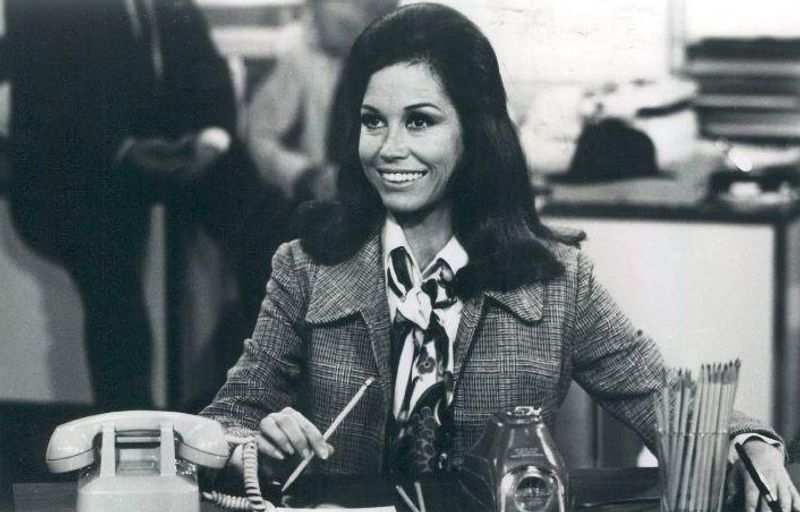
Mary Tyler Moore’s character never expressed interest in having children and focused entirely on her career, which was revolutionary for 1970s television.
The show normalized a woman choosing professional fulfillment over traditional family expectations.
Pronatalist pressure remains strong, and childfree women still face judgment.
The difference would be the vocal support from childfree communities online, creating a more balanced conversation than existed in the 70s.
9. The Cosby Show’s Problematic Legacy
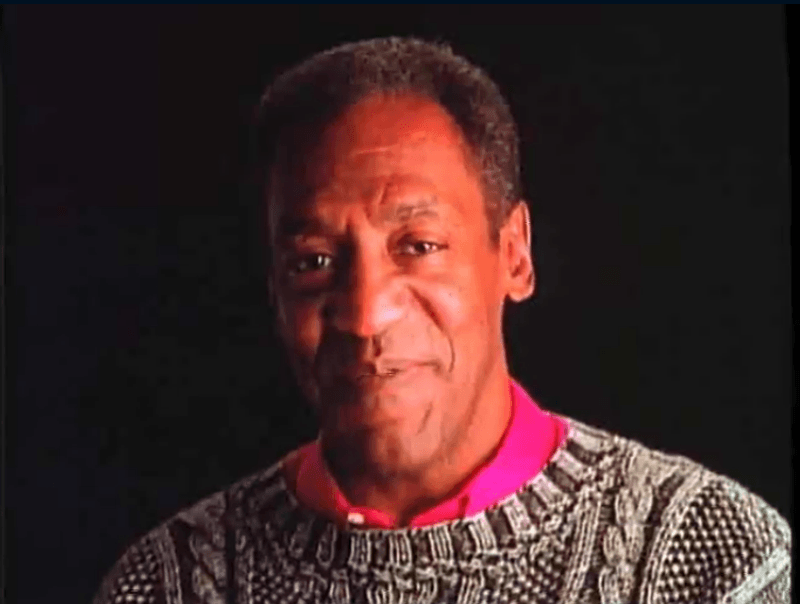
Once considered groundbreaking representation, The Cosby Show portrayed an upper-middle-class Black family in ways television rarely did.
The show challenged stereotypes and became a cultural phenomenon throughout the 1980s.
Now, knowing what we know about Bill Cosby’s crimes, the show has become unwatchable for many. Streaming platforms have pulled it from rotation.
The conversation centers on separating art from artist and whether we can appreciate the show’s cultural impact while condemning its creator’s horrific actions.
10. Friends’ Lack Of Diversity Problem
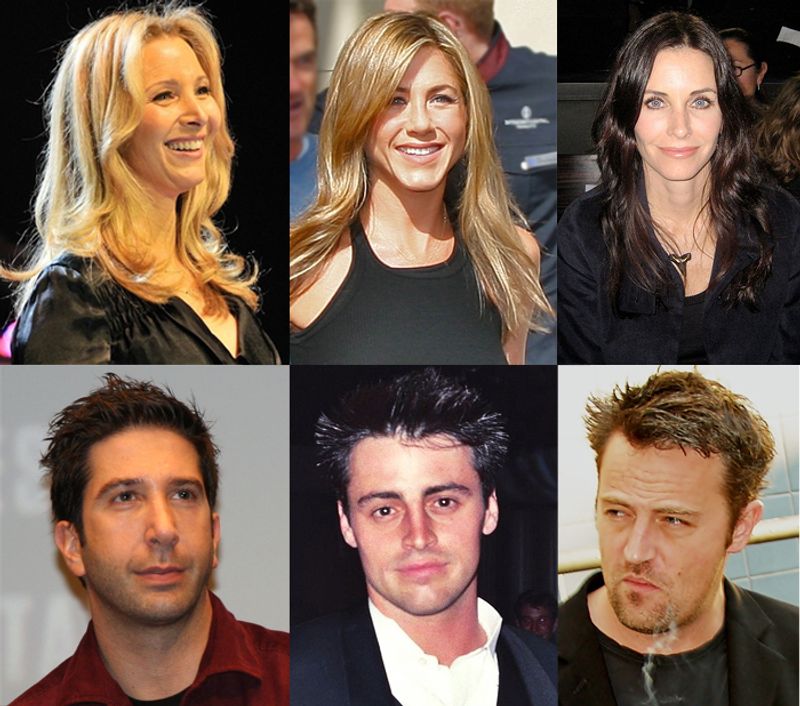
Set in one of the world’s most diverse cities, Friends featured an almost entirely white cast for its entire ten-season run.
The few characters of color who appeared were often reduced to stereotypes or romantic interests with no depth.
This glaring lack of representation would never fly today. Networks would face immediate backlash for such a homogeneous cast set in New York City.
The show remains popular in reruns, but contemporary viewers consistently critique its whitewashed version of Manhattan life.

